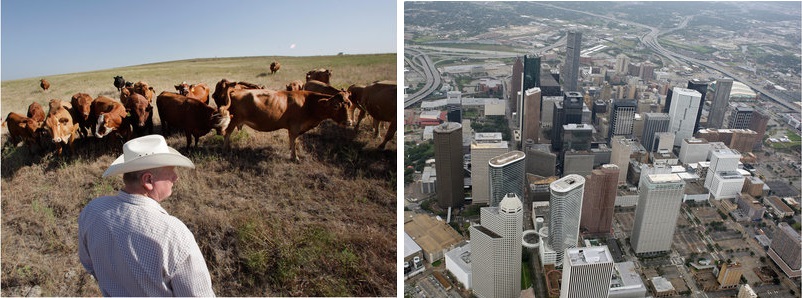Changing Face of Conservation
This is Passport to Texas
We use the word conservation, but what does it mean?
09—Really, what we’re talking about, is managing our habitat, and our wildlife—our natural resources—to fit the goals that we have for our ecosystems.
That’s urban wildlife biologist, Kelly Simon.
13— Environment is never static. It’s never still; it’s always in motion. In conservation what we try to do is guide that motion of the habitat in the best possibly way—based on what we know.
We know that “changing times” inform where we choose live and how we interact with the natural world.
18— Things have changed an awful lot since may the 1800s to now. Used to we were a very rural society; most people lived out in the country on the land, and a few people lived in the cities. And now, it’s completely flip-flopped, and we’ve got almost all the people living in cities, and very few people living right there on the land.
As rural residents we intuitively knew the value of resources like game animals, and how to take what we needed while maintaining the natural balance. In the late 19TH and early 20th Century, as farm clothes gave way to fashion trends, wildlife landed in the cross hairs, thus threatening some species.
06— Back in the early 1900s it was very fashionable for women to have these grandiose plumes in their hats.
How procurement of those plumes from migratory birds led to collaborative conservation efforts.
For Texas Parks and Wildlife…I’m Cecilia Nasti.



 Passport to Texas is a
Passport to Texas is a  Passport to Texas is made available by:
Passport to Texas is made available by: